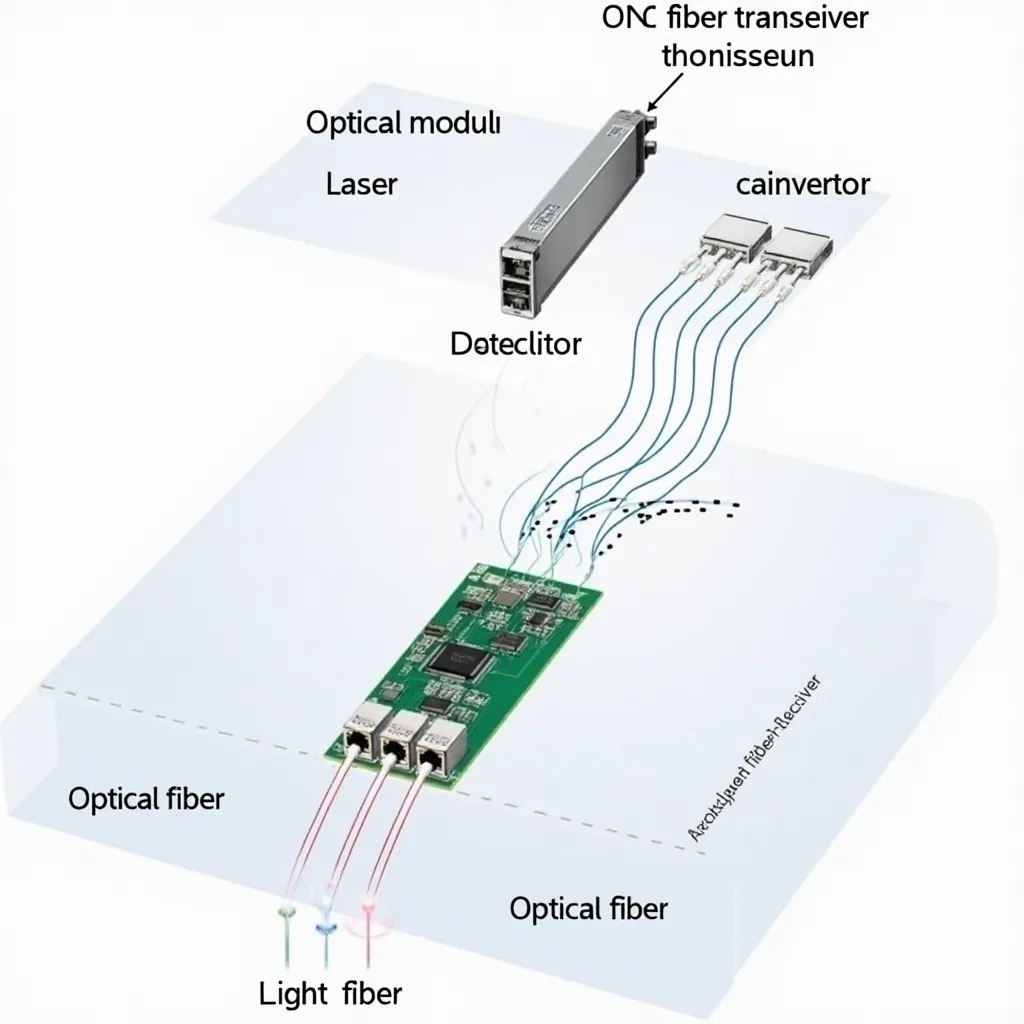
Blog
blog Location: Home > Blog > Technical Article
Location: Home > Blog > Technical Article
 Update Time:2025-08-14
Update Time:2025-08-14 Traffic:
Traffic: 
optical module
Functions similar to "photoelectric converter"
Converting electrical signals (computer language) to optical signals (fiber optic language), or vice versa
It needs to be inserted into the switch and other devices for use.
fiber optic transceiver
Independent "signal transfer station"
Realize bi-directional conversion between electrical and optical signals
Comes with its own power supply, can be used directly
| 特性 | 光模块 | 光纤收发器 |
|---|---|---|
| Whether to use it independently | ❌ It needs to be used with the main equipment. | ✅ It can work with separate power supply. |
| Main application scenarios | Switch/server internal | Long-distance signal extension (e.g. cell cabling) |
| difficulty of replacement | ✅ Support hot swap, easy to replace | ❌ Equipment needs to be replaced as a whole |
Wavelength should be aligned
Devices on the same end must use the same wavelength
Common combinations:
Short distance: 850nm (suitable for indoor use)
Long distance: 1310nm (within 5 kilometers)/1550nm (ultra-long distance)
Note: Single-fiber bidirectional optical modules must be used in pairs (such as TX1310 with RX1550)
The speed should match
Gigabit devices need to be equipped with gigabit modules
MHz (M) correspondence:
100M → Gigabit Transceiver
1G → Gigabit devices
10G → Special 10 Gigabit Optical Module Required
Fiber optic types are mixed
Single-mode fiber (yellow) → suitable for urban backbone networks
Multimode fiber (orange) → for data center internal connections
Plastic optical fiber (red) → suitable for short-distance household use
insufficient powerLong-distance links require a 3dB margin
Excessive dispersion: G.652.D single-mode fiber must be used for speeds above 10G
electromagnetic interference: Keep away from high-power electrical appliances (distance > 1 meter)
